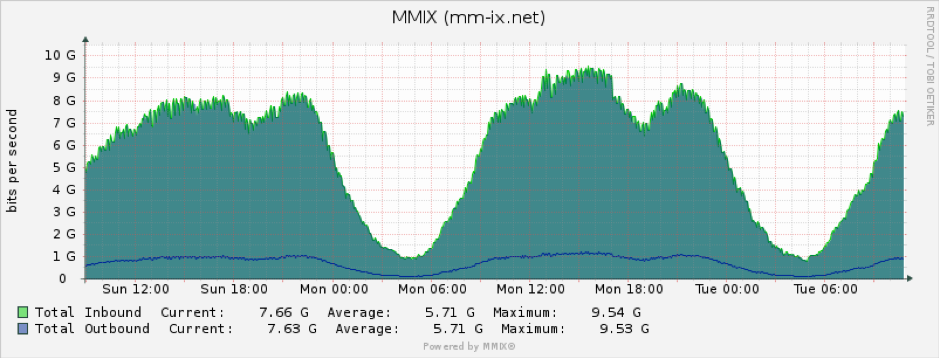
Establishing an Internet Exchange Point (IXP) in a developing economy is as much a social engineering undertaking as it is technical.
It often requires a great deal of face-to-face discussion, negotiation and compromise from multiple actors representing the technical and business interests of governments, not-for-profits, and corporations, many of whom have not always seen eye-to-eye. As such, it can take years to get everyone to the table to begin discussions, which then can take time to reach agreement. This makes the story of the Myanmar Internet Exchange (MMIX) somewhat unique.
First proposed in July 2017, MMIX was up and running less than two months later as Myanmar’s inaugural IXP.
“At the first meeting we discussed the concept and benefit of establishing an IXP in Myanmar — inviting international experts, including APNIC, to contribute to the discussion — and shortly after formed an association to include all potential members,” says Thein Myint Khine, a local industry advisor who has over 17 years’ experience in nurturing Myanmar’s Internet and has played a key role in facilitating MMIX discussions.
Read: New chapter beckons after growing Myanmar’s leading private ISP
“Those who bought in to the idea were then forthcoming with equipment and technical resources. All of this was key to setting up the IX in such a short time,” says Khine.
Another key element to MMIX’s quick establishment was the mutually agreed location of the IX at the True IDC data centre in MICT Park, Yangon.
“Almost all network operators have transmission links to MICT. Coupled with the data centre being neutral, secure and accessible 24/7, it was an obvious choice,” explains Khine.
Recruiting new members
Following the initial support and interest in the project in 2017, membership growth naturally plateaued in 2018. This is a common and continual challenge for IXPs all over the world; to generate a large enough membership base that can sustain operations at minimal cost.
Figure 1 — Traffic has been growing steadily with most popular traffic being for Facebook and Google.
Realizing that there was a lack of awareness among the network operator and content provider communities as to the role and benefits of connecting to an IXP, MMIX organized a peering forum earlier this year to assist with developing this awareness and generate more membership leads. Unforeseen, however, was that many within the Myanmar Internet community didn’t know what a peering forum was.
Read: Event Wrap: MMIX Peering Forum 2019
“As it was the first peering forum to be held in Myanmar, further efforts were needed to make people aware of the purpose and benefit of attending such an event,” says Khine.
“This was a challenge we didn’t expect but we feel the event accomplished what it set out to do for those who attended, namely that an IX keeps local traffic local, reducing latency, saving on transit costs and promoting more local content. Many also appreciated having international speakers and workshop facilitators sharing their experiences and updates on best current practices and standards.
“Overall, the feedback we received has encouraged us to hold the event again next year.”
Looking further ahead, Khine says the MMIX team has plans to set up a second point of presence (POP) in the economy’s second largest city, Mandalay, and a DNS root server and other add-on services.
“Even though we are an emerging IXP, we want to implement best current practices and technologies and are always seeking expertise and support from other international IXPs.”
Khine’s three tips for establishing and growing an IXP
- Trust and contribution by members/participants — members are the foundation of any exchange. Their support and unity are very important to the survival, growth, and success of any IX.
- Participation of more network operators and content providers — to maintain and grow an exchange, you need a steady stream of members joining.
- Support of government (regulatory) — although some are willing to connect to our IX, some network operators are watching and waiting for instructions from the regulator. Therefore, it’s good to get the regulator on board in the beginning to champion the benefits of connecting to an IX.
The views expressed by the authors of this blog are their own and do not necessarily reflect the views of APNIC. Please note a Code of Conduct applies to this blog.

